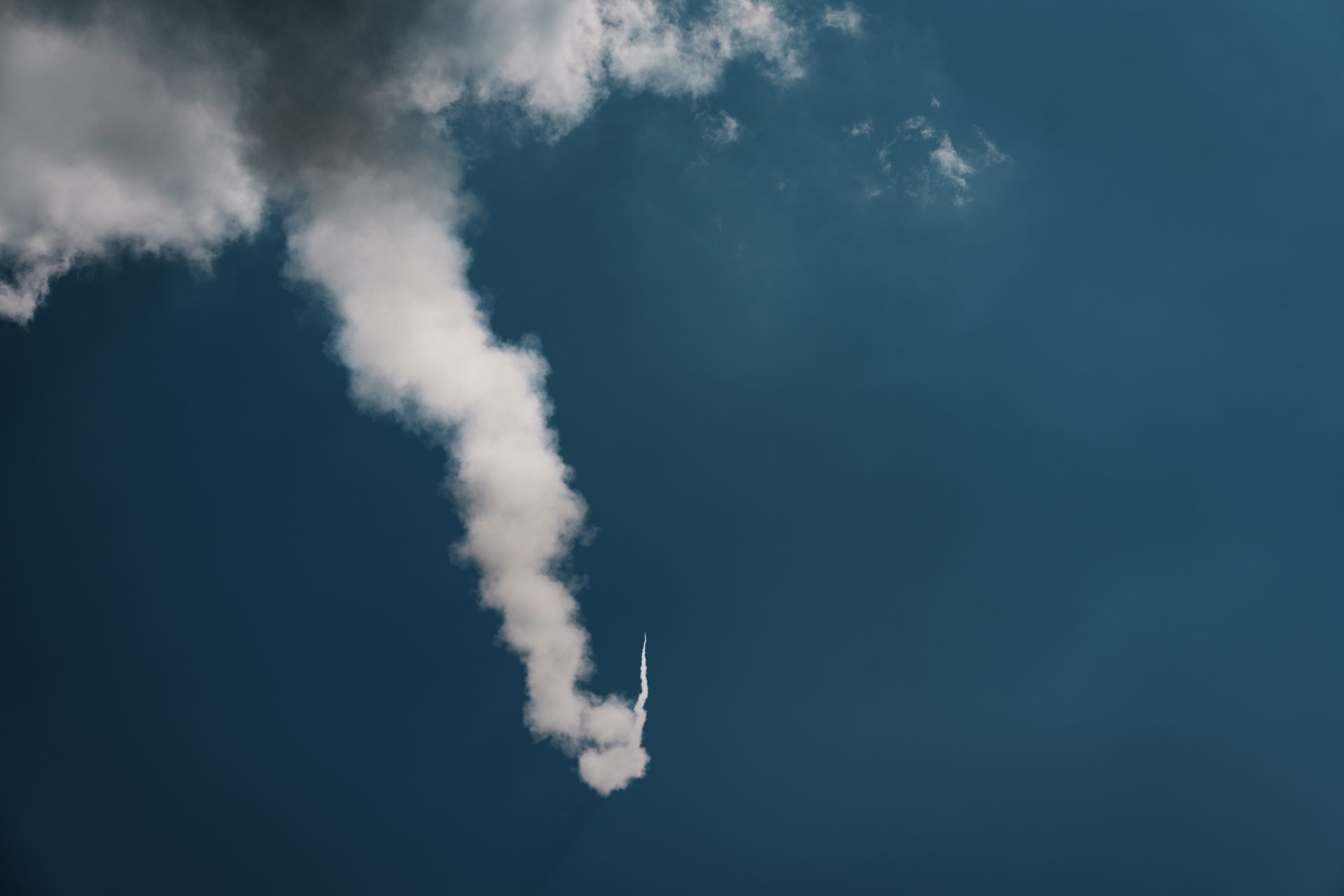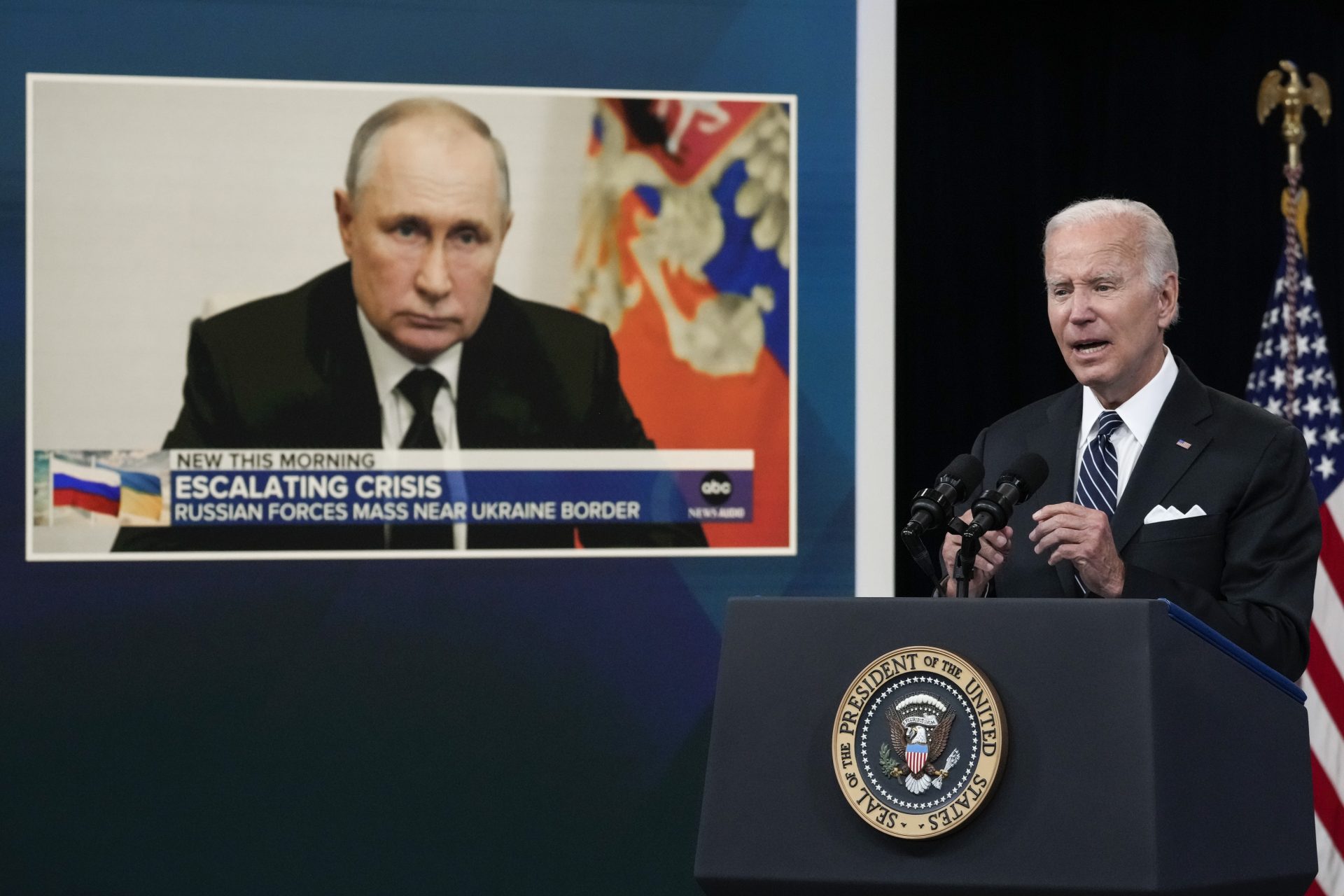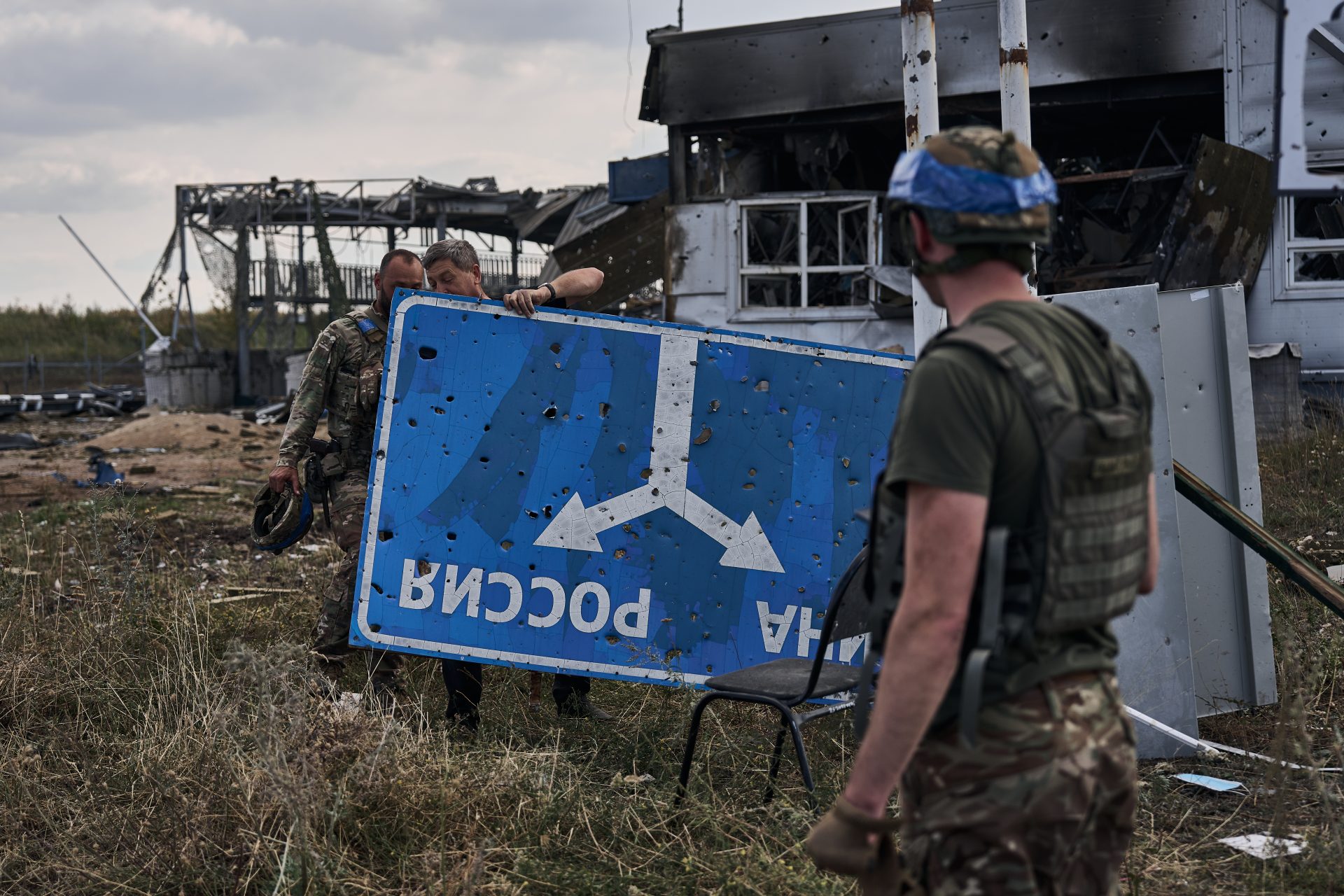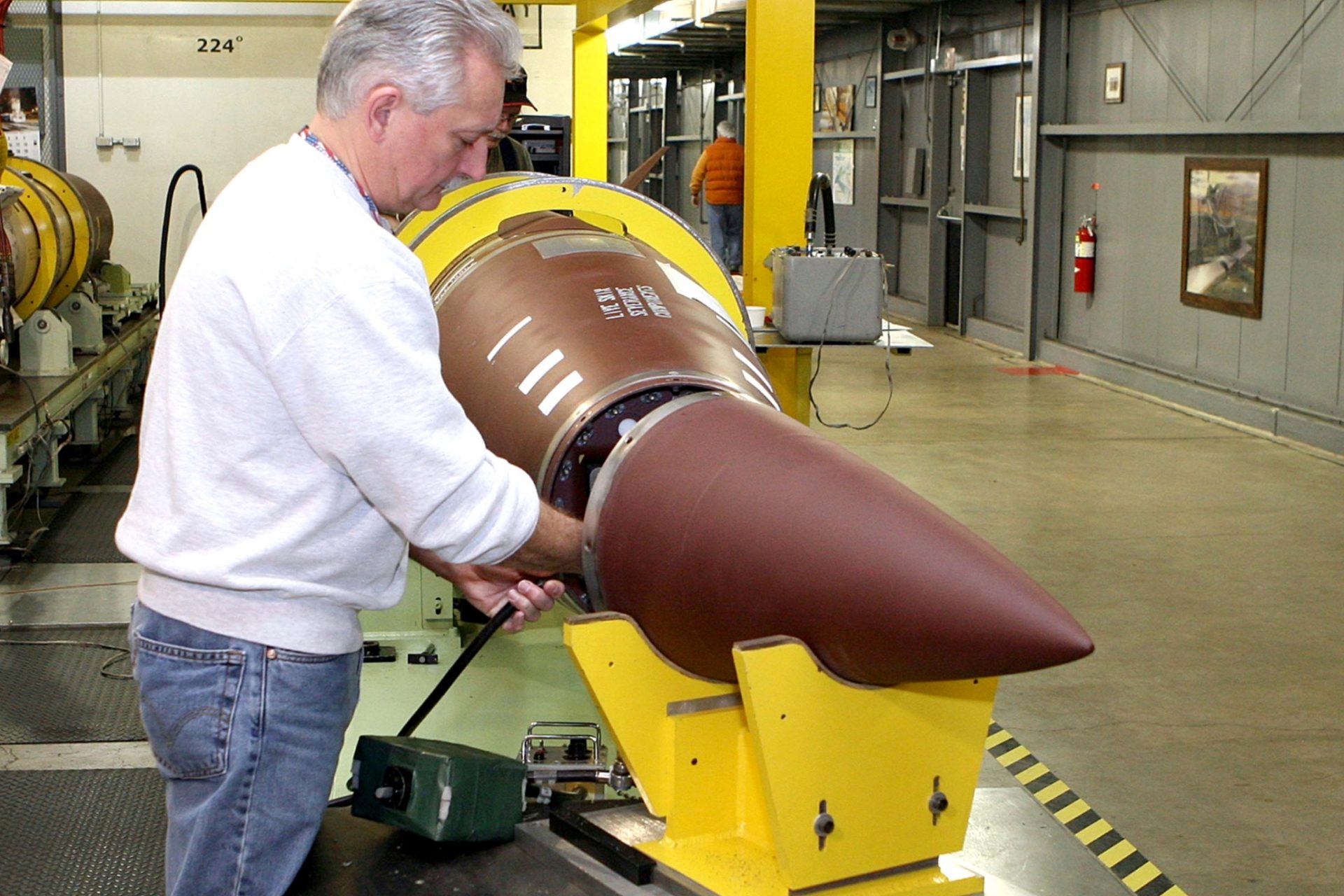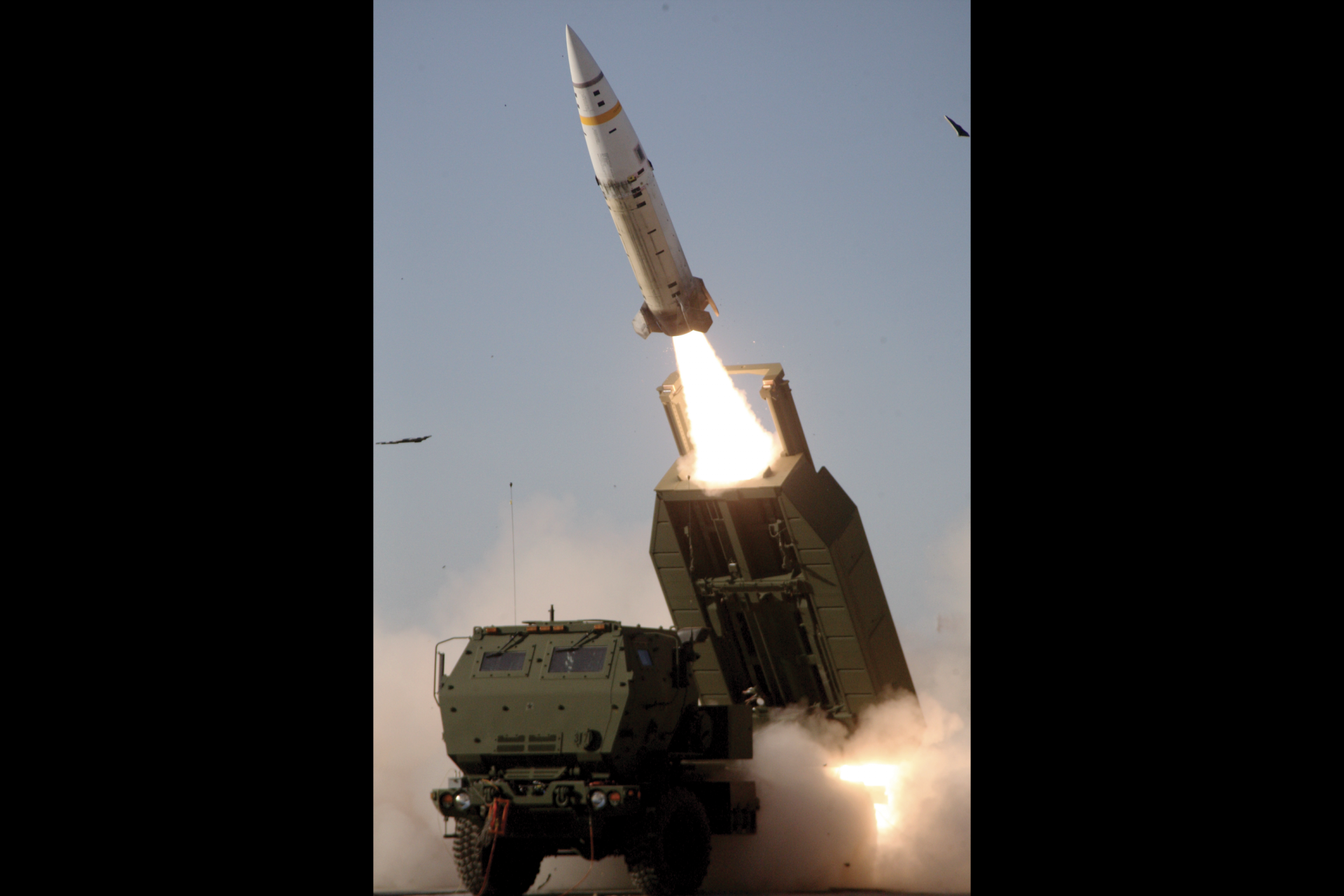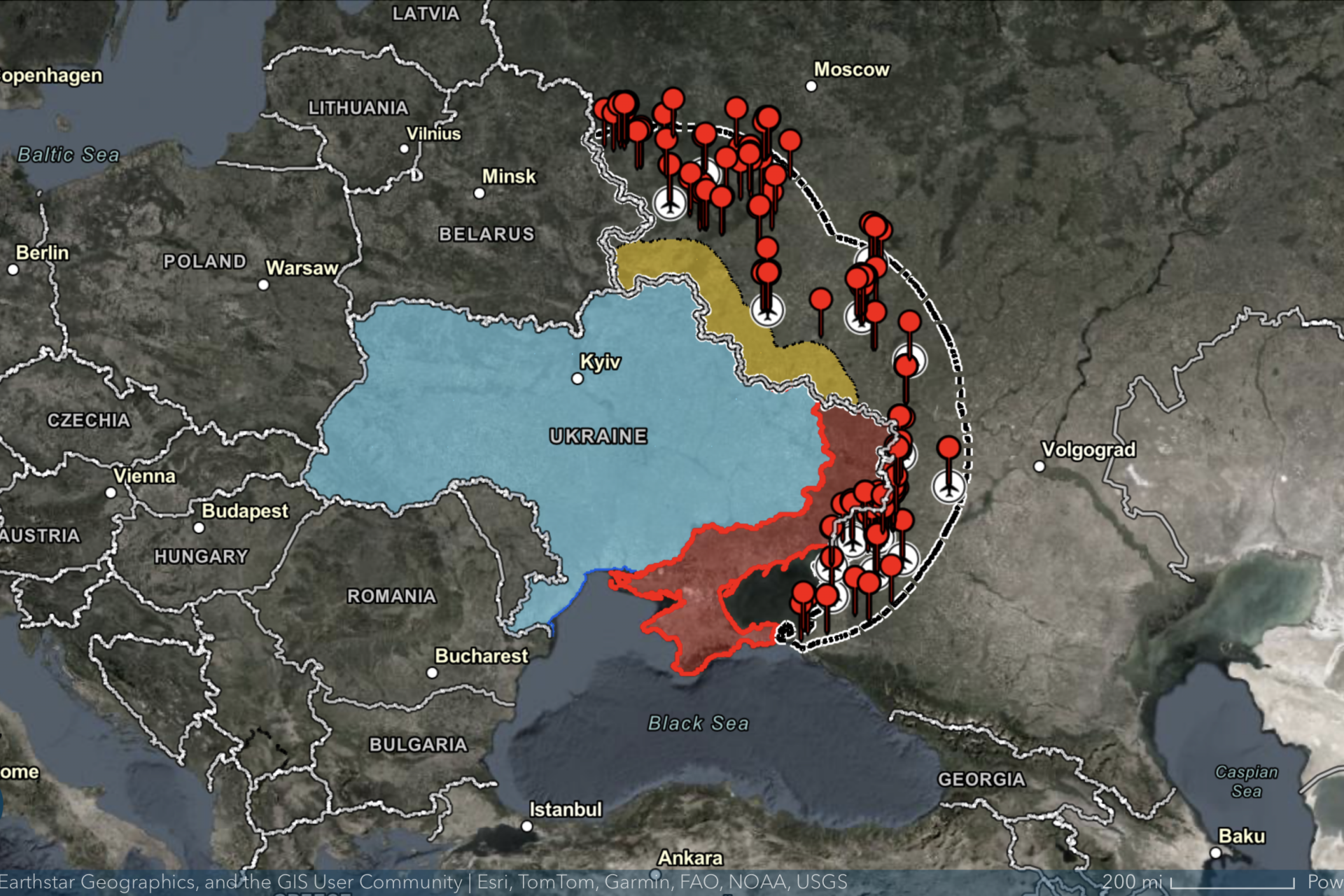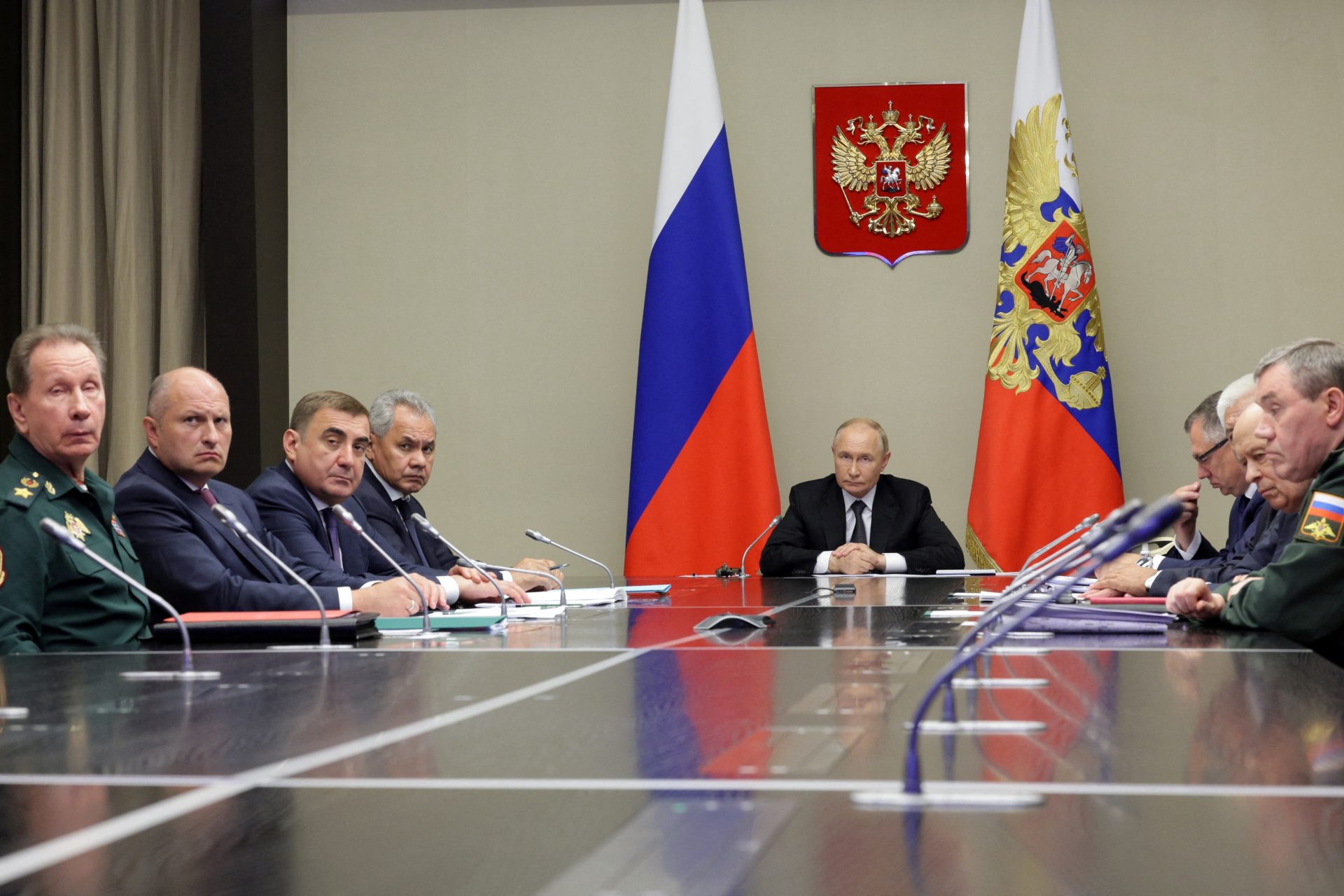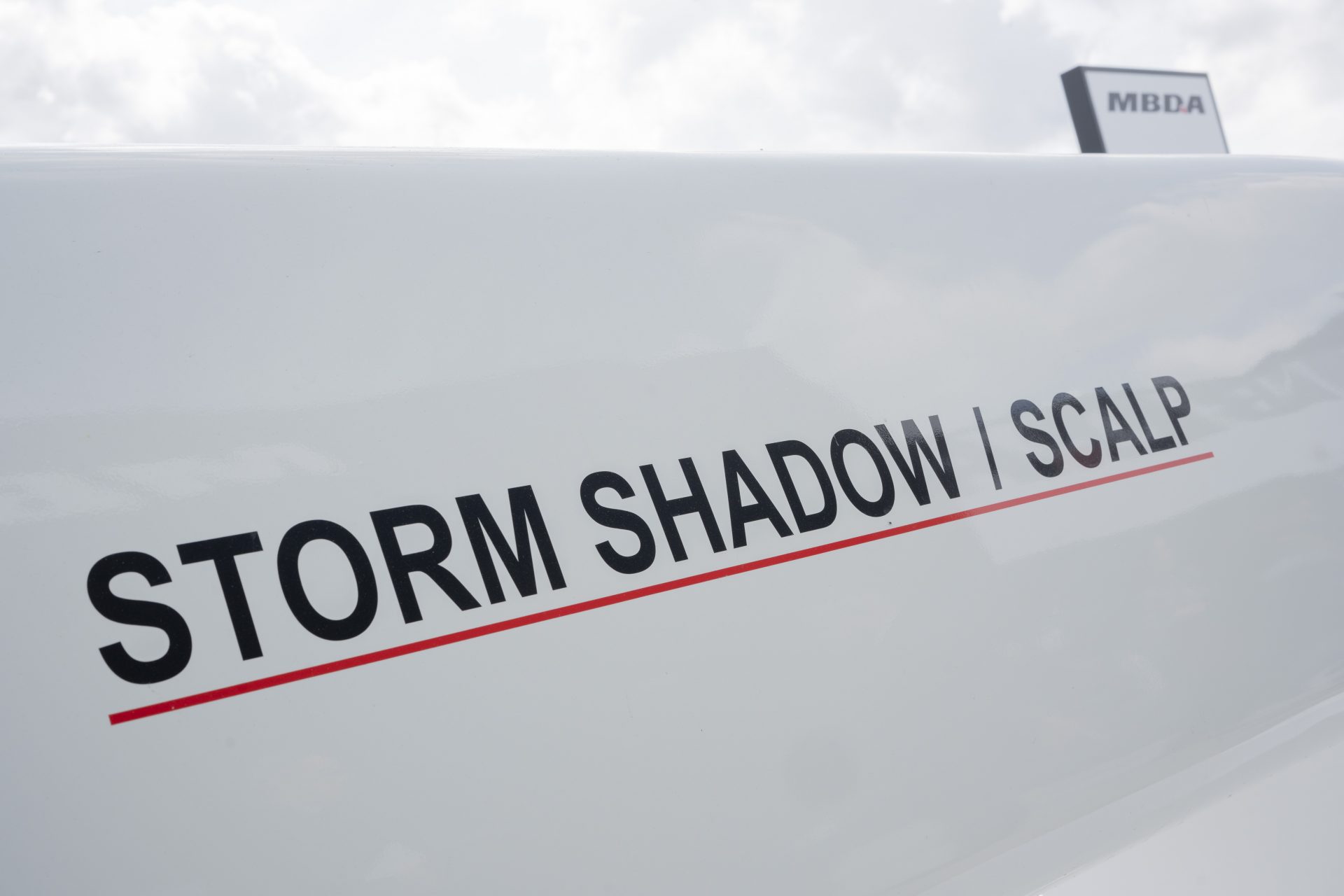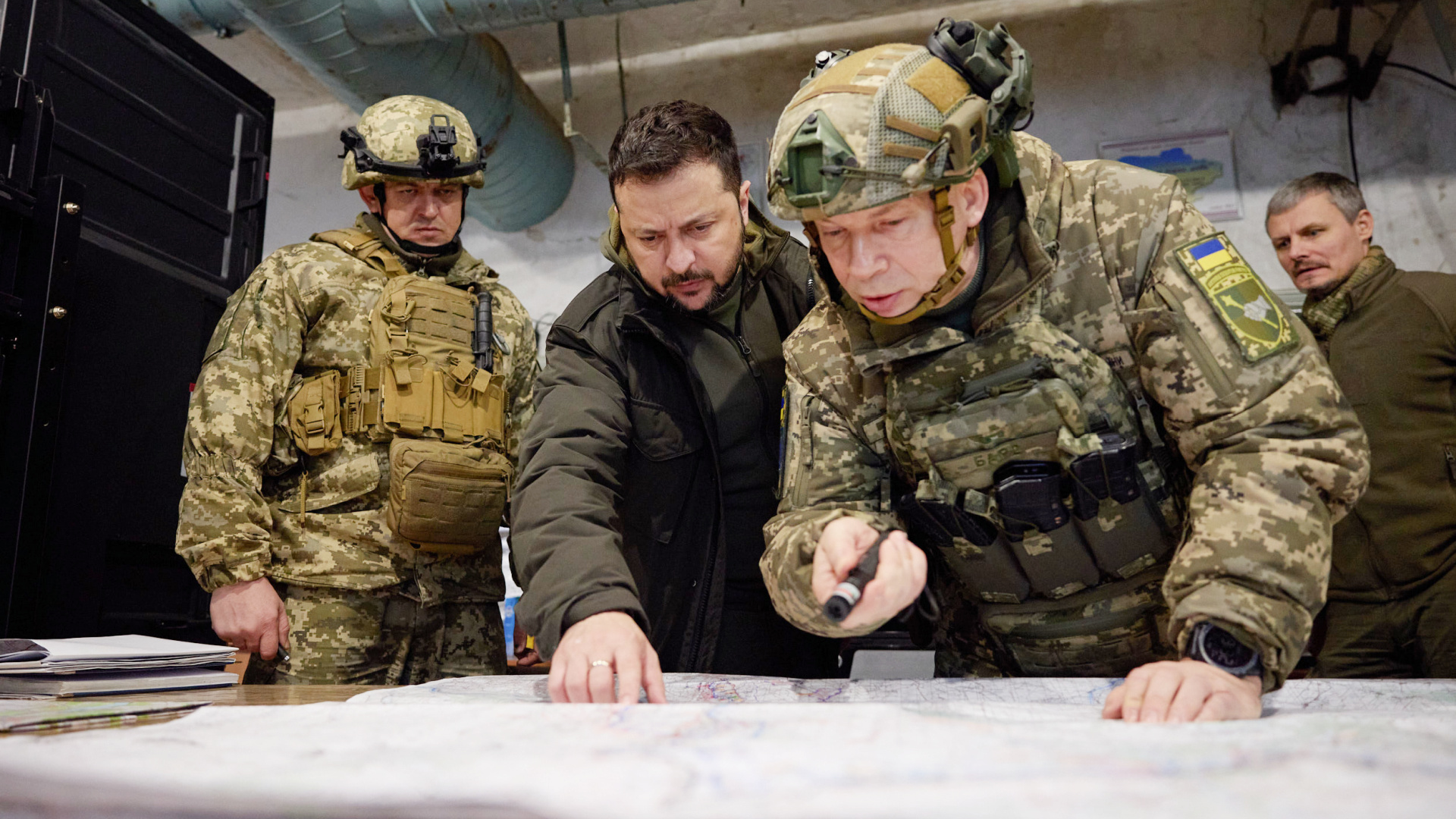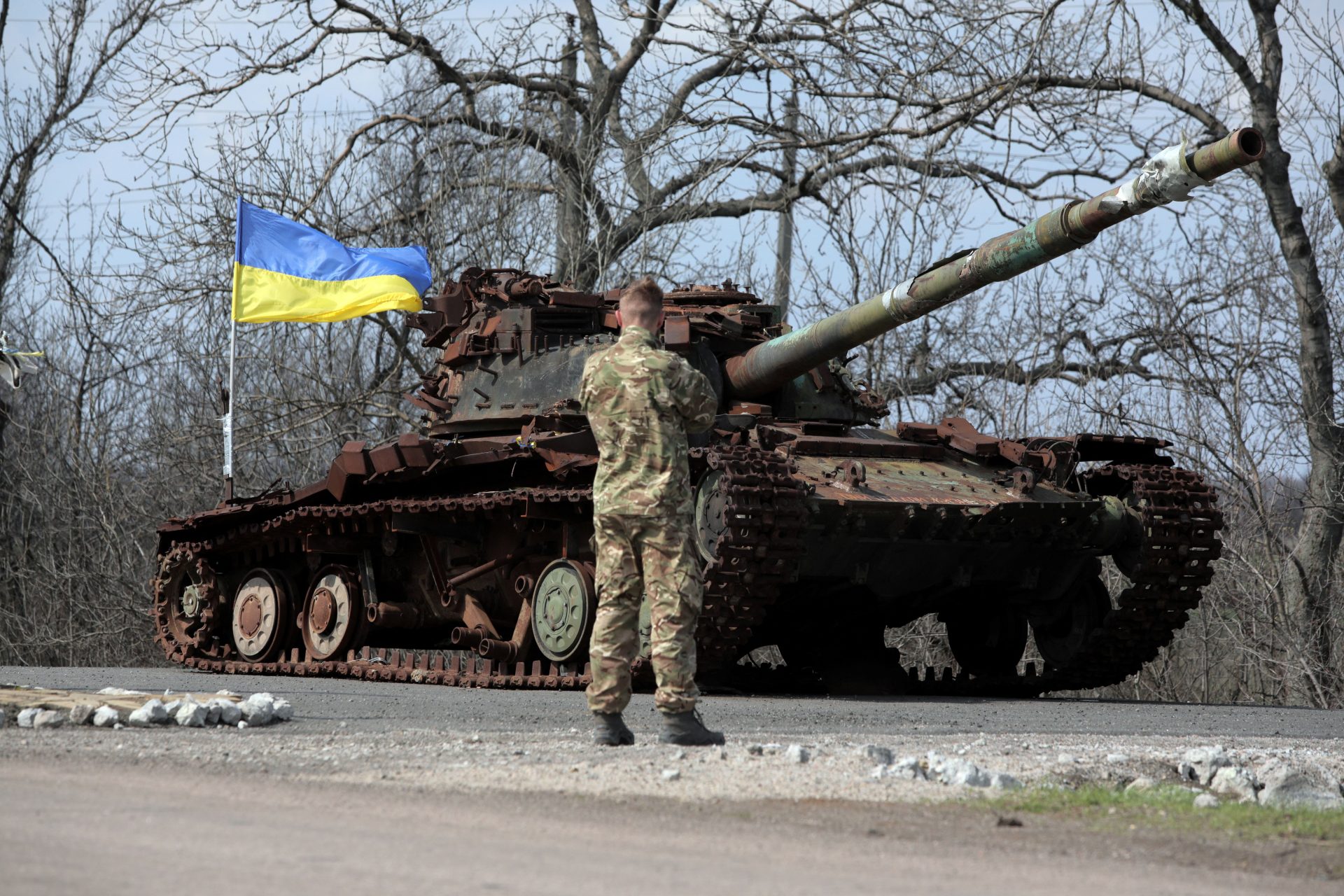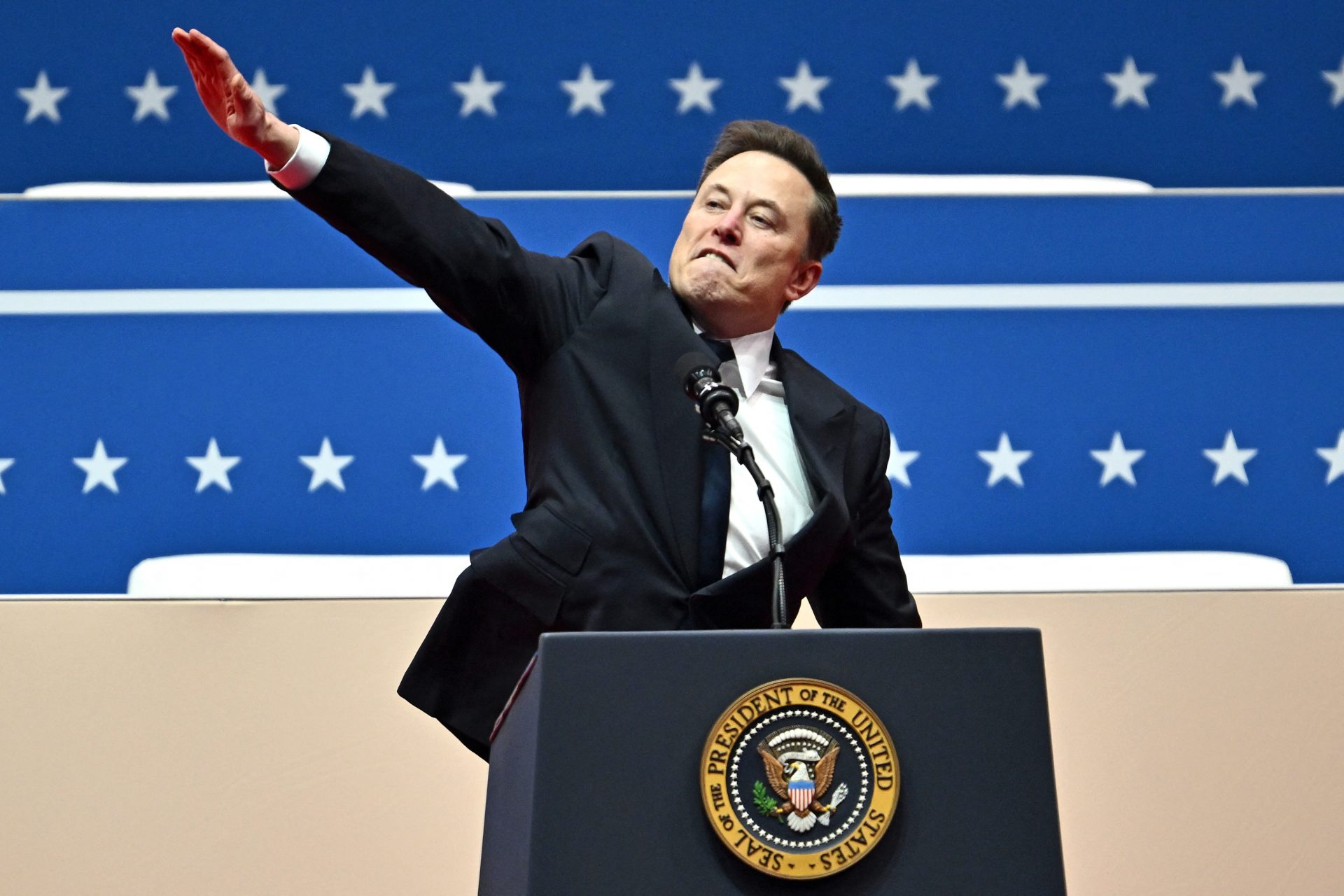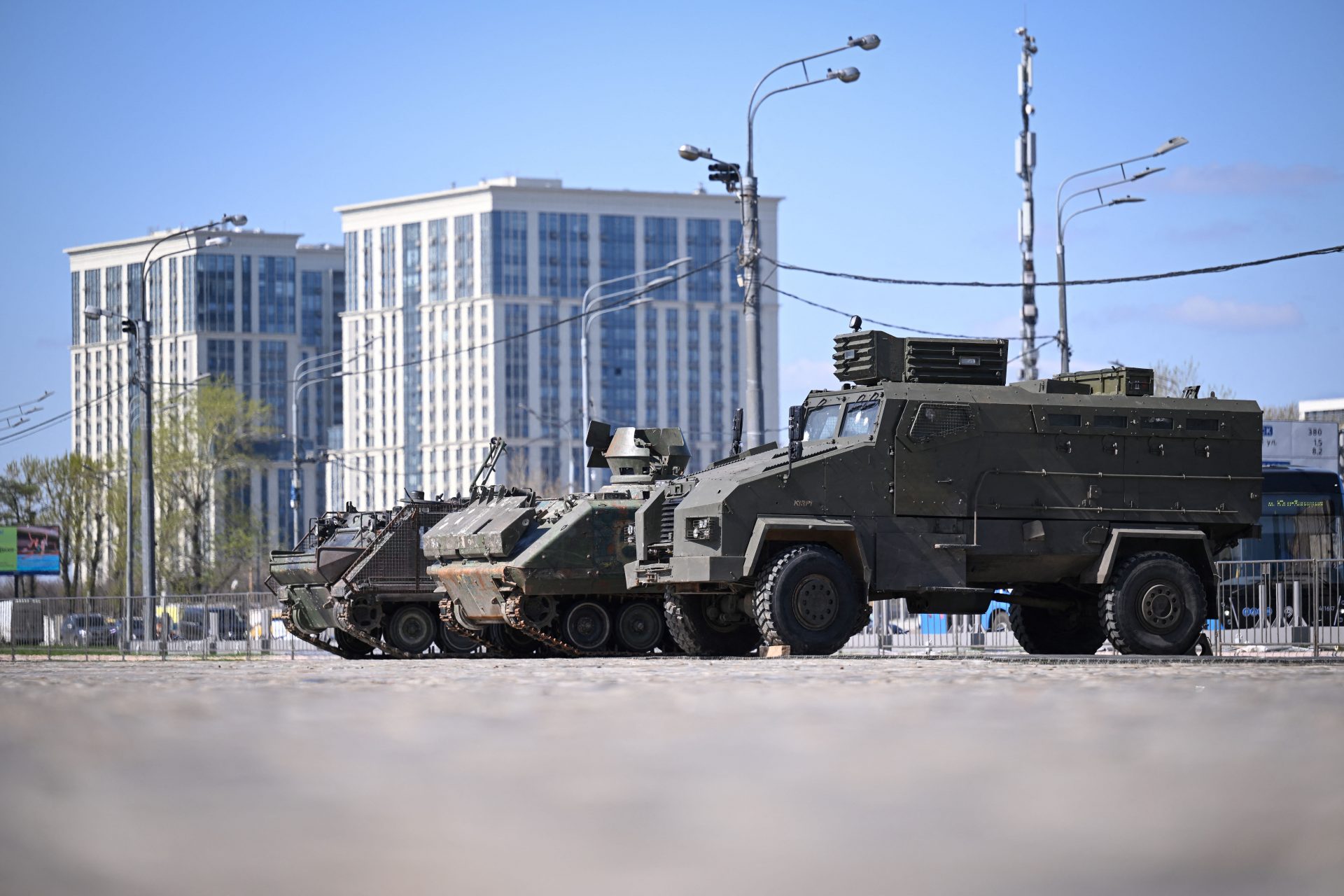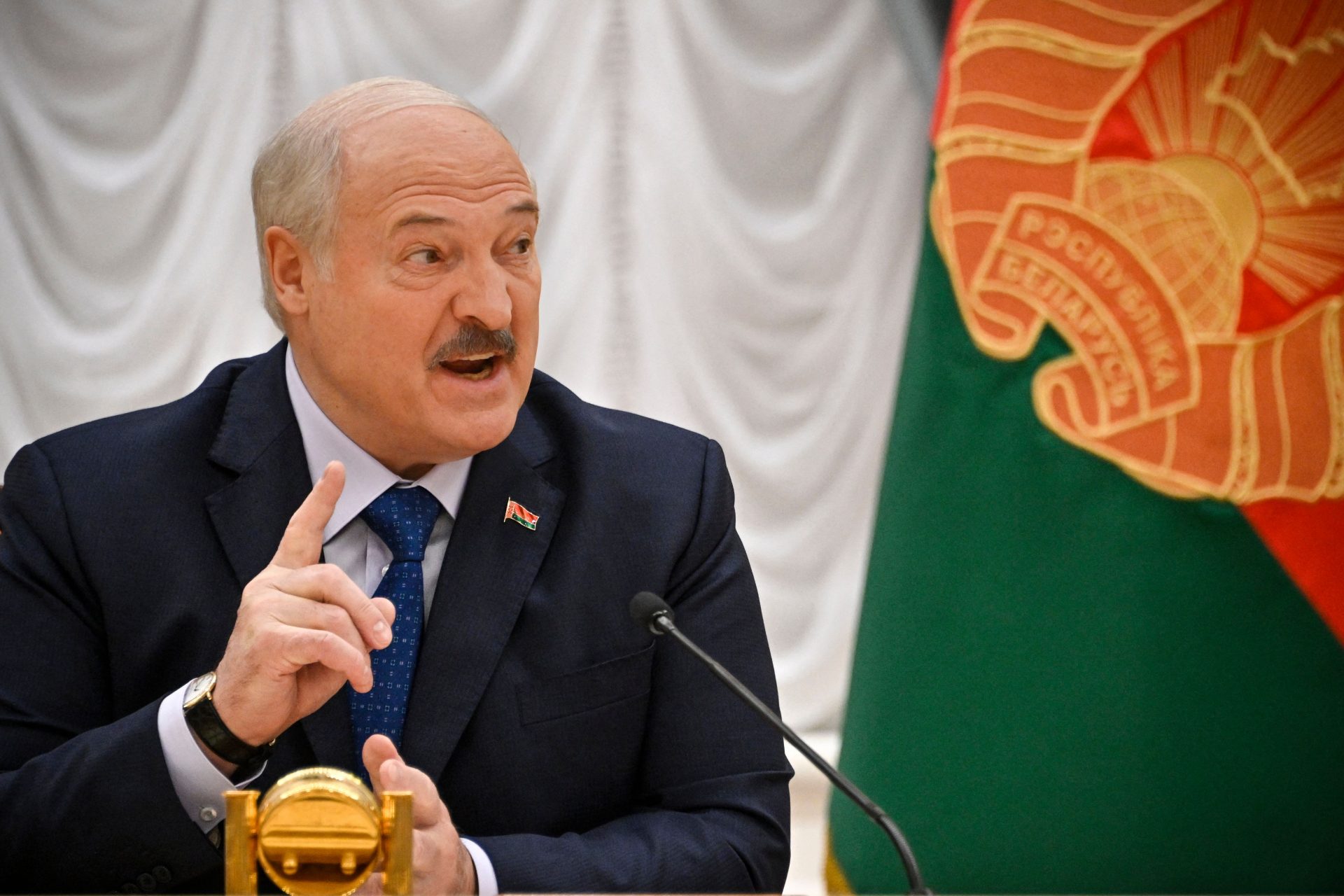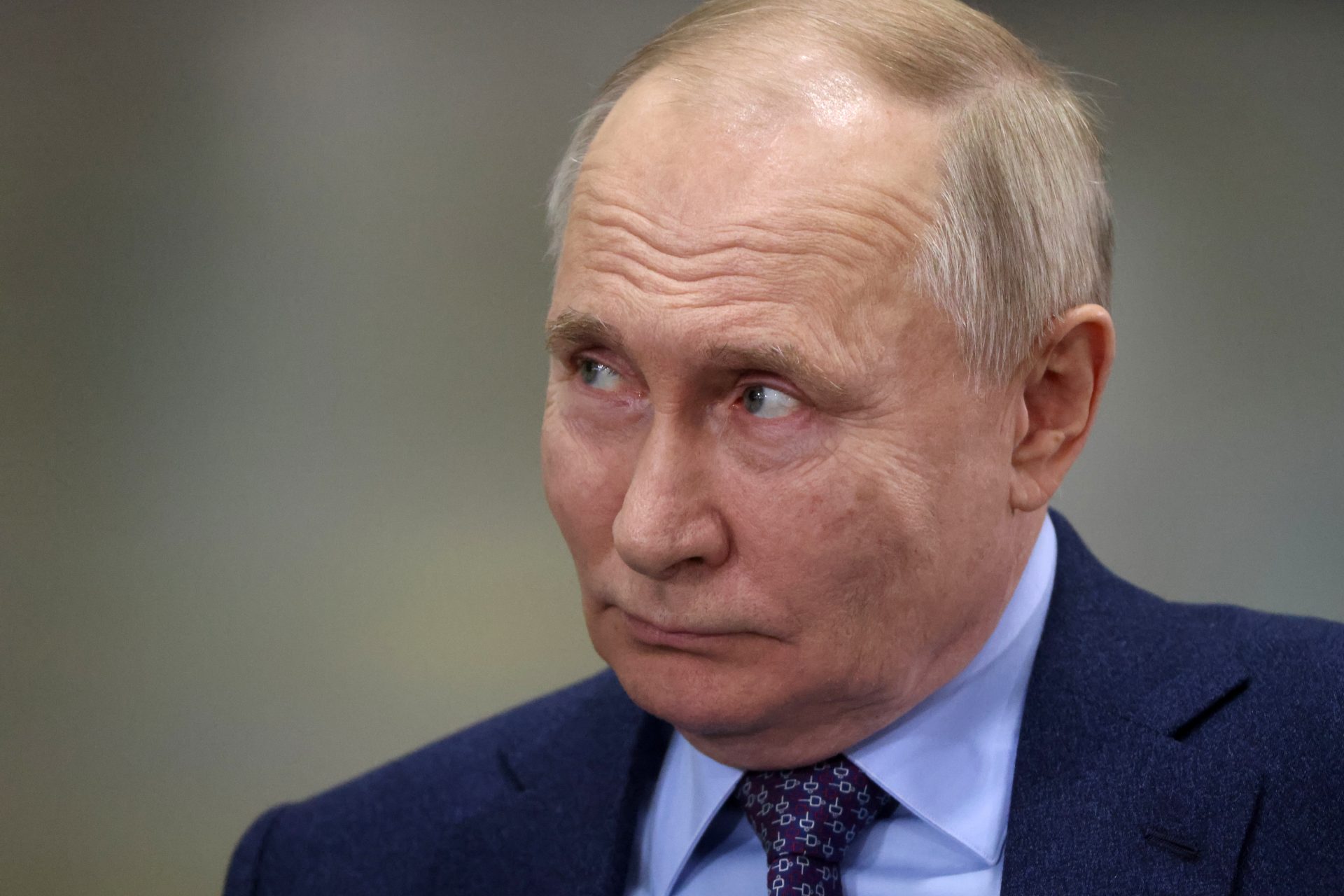Ukraine's Long-Range Missiles: How Deep into Russia Can They Go?
U.S. President Joe Biden has reportedly lifted his long-standing ban on Ukraine’s ability to fire long-range missiles into Russian territory. This move could fundamentally change the conflict.
On November 17th, news organizations around the world began reporting that Biden finally lifted his ban on long-range missile use inside of Russia in a stunning reversal of policy.
The New York Times reported that with just two months left in office, Biden authorized for the first time the use of American-made long-range missiles to defend its troops in the Kursk region.
So far, it appears as if Biden has only allowed the use of the U.S. Army Tactical Missile Systems (ATACMS) in Kursk as a response to North Korean troop deployments there, but they can reach targets a lot deeper into Russia than Kursk.
Photo Credit: Wiki Commons By U.S. Army Environmental Command, CC BY 2.0
According to CNN, the White House hasn’t revealed which ATACMS it has supplied to Ukraine, but the longest-ranged missiles in the U.S. arsenal can reach 300 kilometers (190 miles)—which puts several new targets in range for Ukraine.
Photo Credit: Wiki Commons By U.S. Army Acquisition Support Center, Public Domain
The Washington-based think tank the Institute for the Study of War (ISW) published a map of possible Russian targets within range of the longest-ranged ATACMS missiles back in August that included 245 military and paramilitary targets.
Photo Credit: The Institute for the Study of War
Included on the list were targets such as regimental, brigade, and division headquarters as well as airfields, training facilities, storage areas, and combat units with a permanent deployment location according to ISW.
Euronews reported that if U.S. restrictions are only limited to just Kursk, 15 military land use targets and at least 11 other known sites of the 245 possible targets outlined by the ISW’s map are open to being hit by the long-range missiles supplied to Ukraine.
According to Missile Threat, ATACMS also come in a shorter-range variant that only has a total range of 165 kilometers or roughly 100 miles. If these are the missiles Kyiv has in its arsenal, then it would limit what could be hit by the Ukrainians.
In addition to the change in U.S. policy on long-range missiles, the UK and France have also announced that Kyiv will be allowed to use the long-range missiles they’ve supplied to Ukraine on targets within Russia according to the French newspaper Le Figaro.
The UK and France have previously supplied Ukraine with Storm Shadow and SCALP missiles, which are variants of the same long-range missile manufactured by MBDA and have deep strike capabilities.
MBDA notes on its website that the Storm Shadow / SCALP missile has a range that is “in excess” of 250 kilometers or 155 miles. However, there is a version of the missile with a much longer range.
According to Missile Threat, the SCALP EG and Storm Shadow equivalent has a range upwards of 500 kilometers or about 340 miles, which puts many more targets inside Russia within range if Ukraine was supplied with this variant of the SCALP and Storm Shadow missiles.
Several reports suggest Ukraine will start striking Russian targets with long-range missiles within the coming days, something President Volodymyr Zelensky made clear in a series of remarks on the news Kyiv was given approval to use long-range missiles.
"Today, many in the media are saying that we have received permission to take appropriate actions," Zelensky said according to Reuters. "But strikes are not made with words. Such things are not announced."
What Ukraine will strike at first has yet to be seen, but with Kyiv’s new approvals to use its Western long-range missiles inside of Russia, far more targets have been opened up to be hit, even if Ukraine is only limited to using the missiles in Kursk.
More for you
Top Stories



